Welcome to an insightful article that explores the importance of prehabilitation in injury prevention for MMA. Prehabilitation involves targeted exercises and interventions designed to strengthen the body and address any weaknesses or imbalances before they lead to injuries. In the demanding sport of MMA, where athletes are constantly pushing their bodies to the limit, prehabilitation plays a crucial role in maintaining optimal performance and reducing the risk of injuries. Let’s delve into the key benefits of incorporating prehabilitation into an MMA training regimen. Have you ever wondered how MMA fighters are able to prevent injuries and stay at the top of their game? In this article, we will explore the role of prehabilitation in injury prevention for MMA fighters.
Understanding Prehabilitation in MMA
When it comes to MMA, prehabilitation plays a crucial role in keeping fighters injury-free and performing at their best. Prehabilitation, also known as preventative rehabilitation, focuses on strengthening the body and addressing any imbalances or weaknesses before they lead to injuries.
What is Prehabilitation?
Prehabilitation involves a combination of strength training, stability exercises, mobility work, and flexibility training to build a solid foundation for the body. By proactively addressing potential problem areas, fighters can reduce their risk of injuries during intense training and fights.
Why is Prehabilitation Important in MMA?
In MMA, fighters subject their bodies to intense physical demands, making them more susceptible to injuries. Prehabilitation helps fighters improve their overall strength, stability, and mobility, which are essential for performing complex techniques and movements in the octagon.
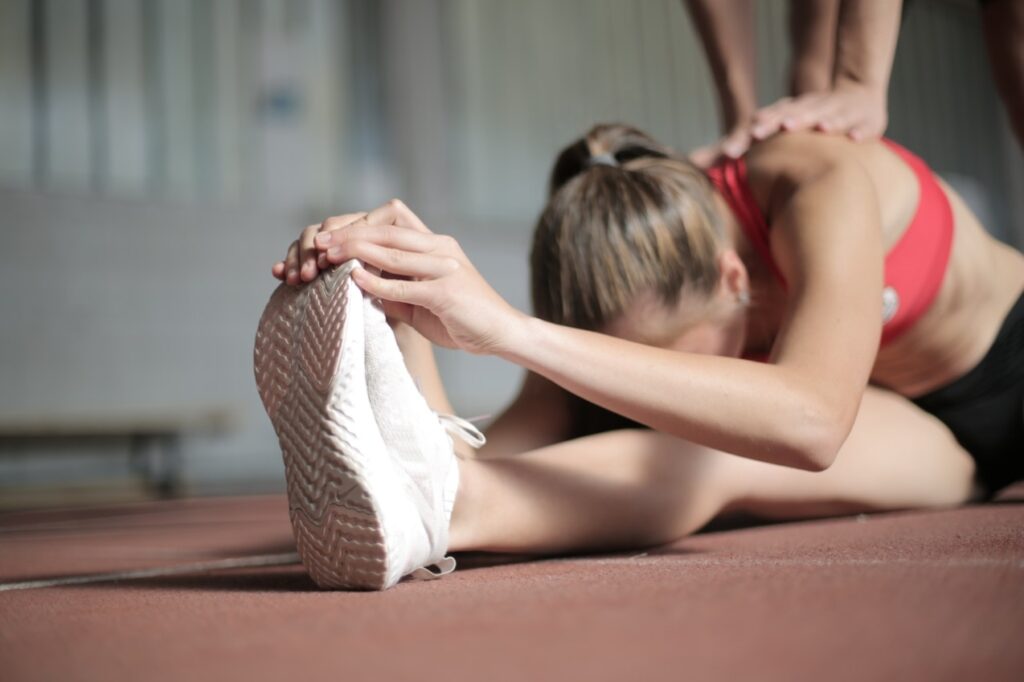
Key Components of Prehabilitation for MMA Fighters
To effectively prevent injuries and enhance performance, MMA fighters need to incorporate various components into their prehabilitation routine.
Strength Training
Strength training is a fundamental aspect of prehabilitation for MMA fighters. Building strength in the major muscle groups not only improves performance but also reduces the risk of injuries during training and fights.
Stability Exercises
Stability exercises focus on improving balance and coordination, which are crucial for fighters to maintain control over their movements and avoid unnecessary strain on their joints. Incorporating stability exercises into prehabilitation routines can help improve overall body awareness and control.
Mobility Work
Mobility work involves exercises and drills that aim to improve joint mobility and flexibility. In MMA, fighters need a wide range of motion to execute various techniques effectively. By incorporating mobility work into their prehabilitation routine, fighters can minimize the risk of injuries caused by limited range of motion.
Flexibility Training
Flexibility training is essential for maintaining muscle elasticity and preventing muscle imbalances. In MMA, fighters often require explosive movements that can put a strain on their muscles. Flexibility training helps fighters improve their muscle length and reduce the risk of strains and tears during training and fights.
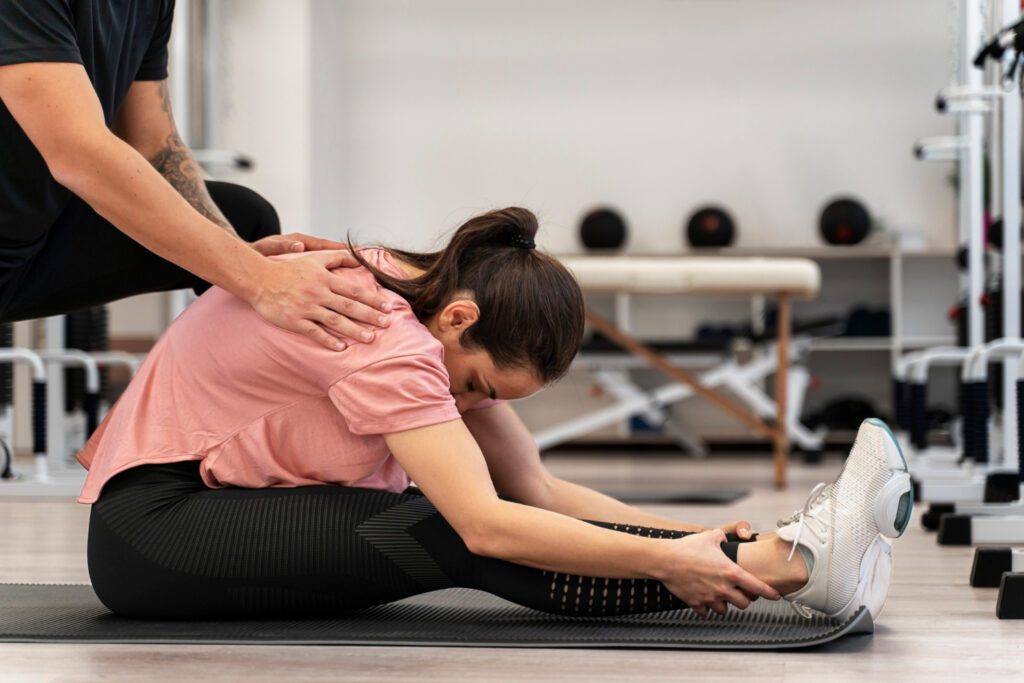
The Benefits of Prehabilitation for MMA Fighters
The benefits of prehabilitation in MMA extend beyond injury prevention. Incorporating prehabilitation into their training routine can help fighters enhance their overall performance and longevity in the sport.
Injury Prevention
One of the primary benefits of prehabilitation is injury prevention. By strengthening weak areas, improving balance and coordination, and enhancing flexibility, fighters can reduce their risk of injuries during training and fights.
Improved Performance
Prehabilitation not only helps fighters prevent injuries but also enhances their overall performance. By building a strong foundation through strength training, stability exercises, mobility work, and flexibility training, fighters can execute techniques more effectively and efficiently.
Longevity in the Sport
MMA is a physically demanding sport that can take a toll on the body over time. By incorporating prehabilitation into their training routine, fighters can prolong their career and enjoy longevity in the sport. Prehabilitation helps fighters maintain their physical health and performance levels as they age.
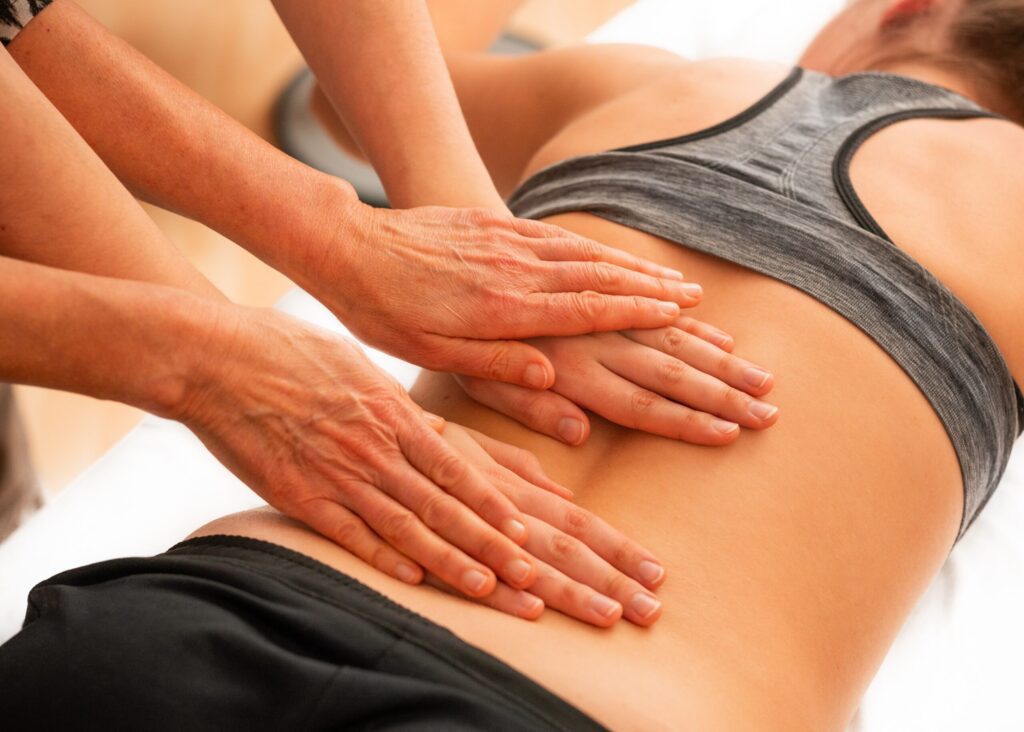
Prehabilitation Strategies for MMA Fighters
To reap the full benefits of prehabilitation, MMA fighters need to implement effective strategies into their training routine.
Individualized Training Plans
Every fighter has unique strengths, weaknesses, and injury risks. To maximize the effectiveness of prehabilitation, fighters should work with trainers and coaches to develop individualized training plans that address their specific needs.
Consistent Monitoring
Consistency is key when it comes to prehabilitation. Fighters should regularly monitor their progress, assess any changes in their body, and adjust their prehabilitation routine accordingly. By staying vigilant and proactive, fighters can prevent injuries and maintain peak performance.
Recovery and Regeneration
In addition to prehabilitation exercises, fighters should prioritize recovery and regeneration to allow their bodies to heal and repair. Proper nutrition, hydration, sleep, and rest are essential components of a comprehensive prehabilitation strategy.
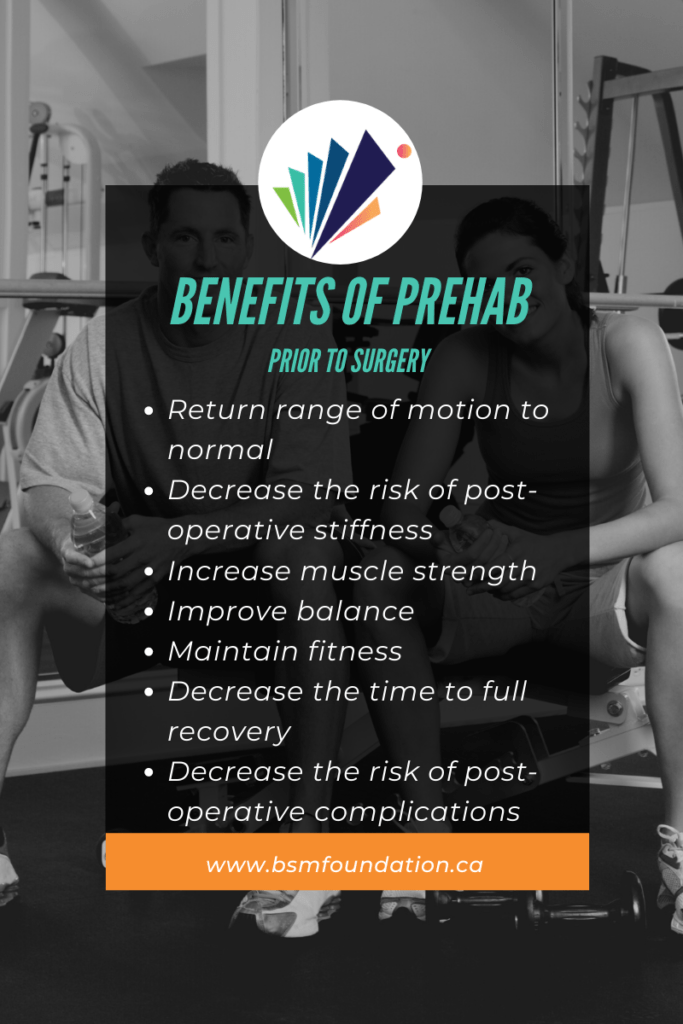
Case Study: The Impact of Prehabilitation on MMA Fighter’s Performance
To illustrate the significant role of prehabilitation in injury prevention and performance enhancement, let’s look at a case study of an MMA fighter who incorporates prehabilitation into their training routine.
Fighter Background
John, a professional MMA fighter, has been struggling with chronic knee pain due to years of heavy training and competitive fights. Frustrated by his recurring injuries and performance limitations, John decides to integrate prehabilitation exercises into his daily routine.
Prehabilitation Plan
Under the guidance of his strength coach and physical therapist, John develops a prehabilitation plan that includes specific strength exercises to stabilize his knees, mobility drills to improve his range of motion, and flexibility training to prevent muscle imbalances.
Results
After several weeks of consistent prehabilitation, John notices a significant improvement in his knee stability and pain reduction. He also experiences enhanced performance during training sessions and sparring matches, thanks to his increased strength, balance, and mobility.
Long-Term Impact
By prioritizing prehabilitation in his training routine, John not only prevents further injuries but also prolongs his career in MMA. The comprehensive prehabilitation plan helps John maintain his physical health, improve his performance, and continue competing at a high level in the sport.
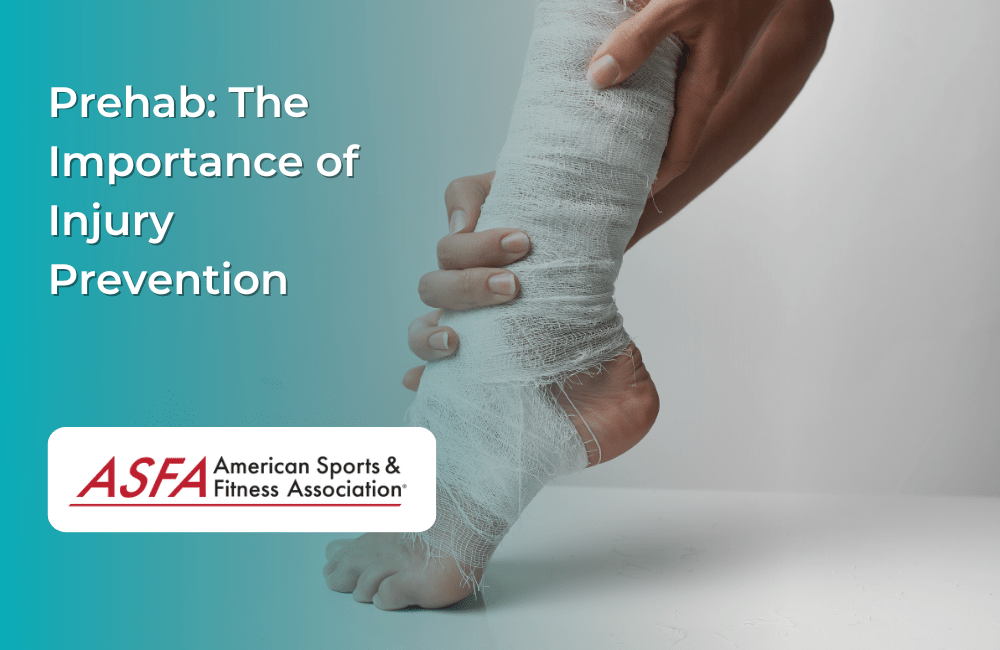
Conclusion
In conclusion, prehabilitation plays a vital role in injury prevention and performance enhancement for MMA fighters. By incorporating strength training, stability exercises, mobility work, and flexibility training into their training routine, fighters can reduce their risk of injuries, improve their overall performance, and enjoy longevity in the sport. Through individualized training plans, consistent monitoring, and a focus on recovery and regeneration, fighters can maximize the benefits of prehabilitation and stay at the top of their game.

